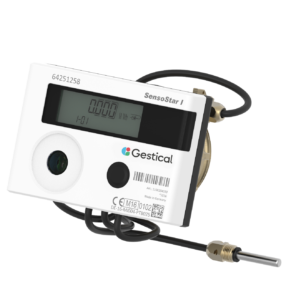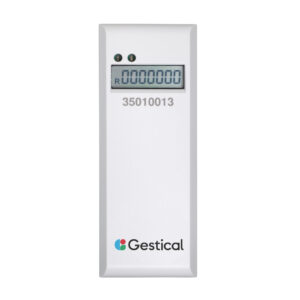Energy Conservation
Energy conservation design solutions
We research, implement and manage energy conservation projects designed to reduce energy consumption on behalf of companies, public bodies or private citizens.
Thanks to our know-how in the field of energy savings and the use of more advanced technologies, we are able to provide guidelines for the management of heating, cooling and domestic hot water aimed at reducing consumption.
We also provide advice and/or design for the study of energy accounting systems in both civil and industrial sectors.
How to save money?
- By adjusting the temperature of each individual room, for example 20°C in the living room and 17-18°C in the bedroom, taking into account that raising the temperature by one degree can increase energy consumption by about 6%.
- By remembering that humidity also plays an important part in the perception of temperature; 20°C in a dry environment is much less comfortable than 18°C in an environment with the right level of humidity, so it is good practice to keep humidifiers on every radiator.
- Perception is also subjective and varies from one person to the next.
- By not adjusting the thermostatic valves all the time, as the valves automatically maintain the temperature you have set.
- By airing rooms briefly but intensely (5 – 10 minutes) without leaving windows ajar all day.
- If you are too warm, turn the thermostatic valves down slightly instead of opening or leaving ajar windows; it is a very costly habit.
- By remembering that radiators covered with radiator covers, heavy curtains or cumbersome furniture will be less efficient and will consume more energy, because they do not allow heat to be discharged freely and evenly into the room.
- By installing double or triple glazed windows, which increases comfort levels whilst considerably reducing costs, but also by eliminating drafts through the introduction of a few simple measures or by fitting insulation panels behind the radiators, which can offer excellent results.




